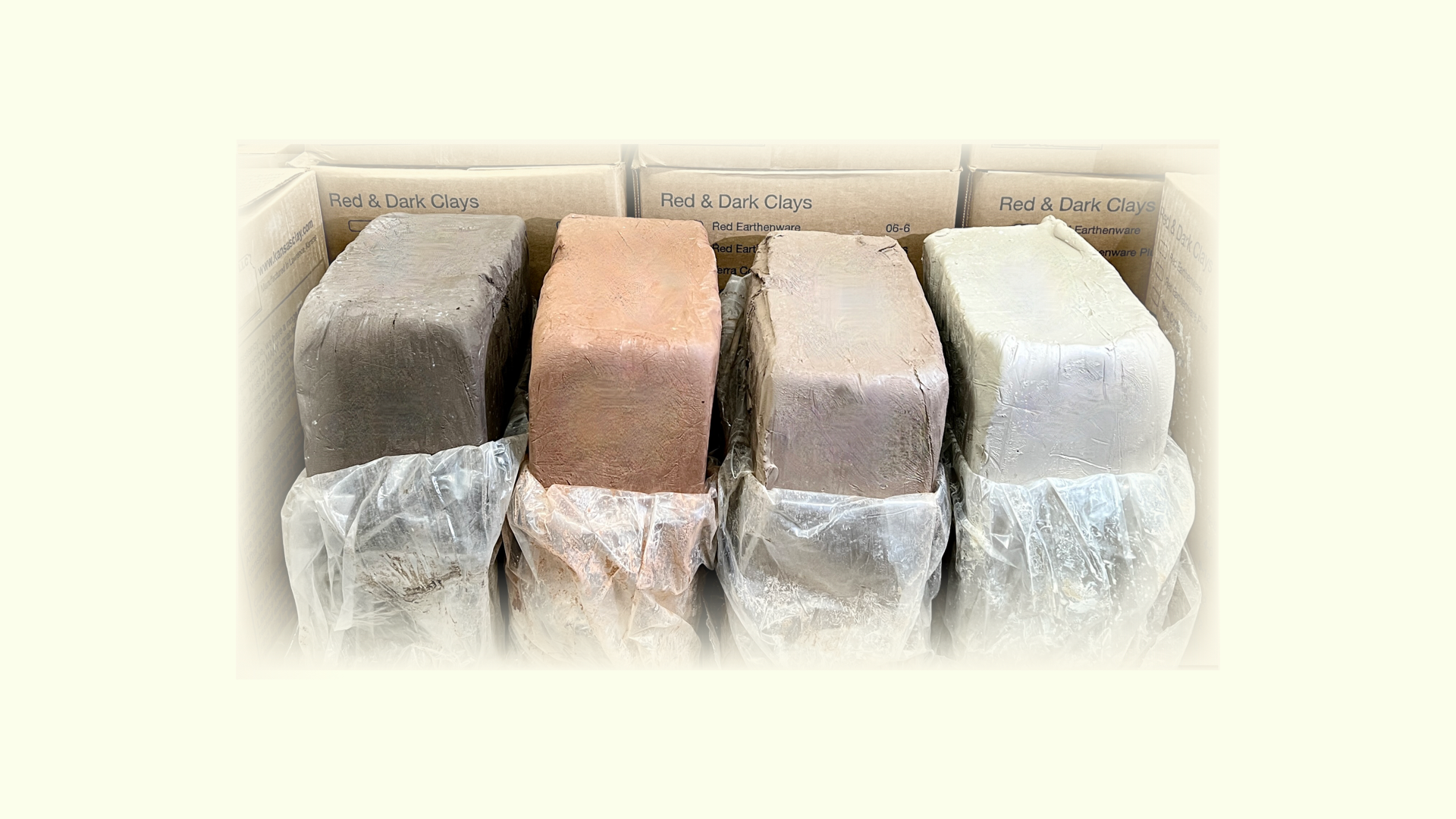Choose your option
Choose your option
Choose your option
Choose your option
Choose your option
Skutt EV2 Rolling Stand Adapter
Regular price
$35.00
Sale price
$35.00
Regular price
$35.00
Choose your option
Choose your option
Orton Ventmaster Expansion Kit w/Collection cup
Regular price
$240.00
Sale price
$240.00
Regular price
$240.00
Choose your option
Skutt Venting Prop
Regular price
$7.00
Sale price
$7.00
Regular price
Choose your option
Controller Integrated Orton Vent Master for Cone Art Kilns
Regular price
$665.00
Sale price
$665.00
Regular price
$760.00
Choose your option
Skutt Rolling Kiln Stand for 10-sided kiln
Regular price
$470.00
Sale price
$470.00
Regular price
$470.00
Choose your option
Skutt Rolling Kiln Stand for 12-sided kiln
Regular price
$485.00
Sale price
$485.00
Regular price
$485.00
Choose your option
Skutt Rolling Kiln Stand for 8-sided kiln
Regular price
$450.00
Sale price
$450.00
Regular price
$450.00
Choose your option
Skutt Rolling Kiln Stand for Glaze Tech (Elevated)
Regular price
$450.00
Sale price
$450.00
Regular price
$450.00
Choose your option
Skutt Rolling Kiln Stand for 1427-3 PK kiln
Regular price
$545.00
Sale price
$545.00
Regular price
$545.00
Choose your option
L&L Tall Stand for Plug-n-Fire
Regular price
$385.00
Sale price
$385.00
Regular price
$385.00
Choose your option
Skutt Envirovent 2 - Replacement Motor
Regular price
$395.00
Sale price
$395.00
Regular price
Choose your option
Fan/Blower Motor for L&L Vent-Sure 120V
Regular price
$425.00
Sale price
$425.00
Regular price
Choose your option
Motor Inlet Duct for L&L Vent Sure 120V
Regular price
$43.00
Sale price
$43.00
Regular price










































































































